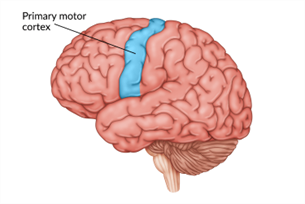My Journey to a Medical Human Factors Career
By: Rory Klingensmith My Journey to a Medical Human Factors Career Level 1: The Choice In college, we are challenged with the daunting prospect of funneling ourselves into one category that may serve as the biggest part of our identity for the next 40 years – choosing a major. My mom studied nursing and my dad studied civil engineering, but I did not want to work in healthcare or design bridges and buildings. I liked science, math, and solving puzzles (my favorite video game growing up was Portal 2), so I thought, “why not do it all – healthcare and engineering?” This reasoning led me to select biomedical engineering as my major. It was the perfect combination of learning how to help heal people and build things, without having to go to medical school or wear a hard hat. Level 2: The Inspiration During my studies, I discovered there were prosthetics that could be controlled by the brain’s electrical signals, artificial organs grown from a few cells, catheters that could complete an ao



